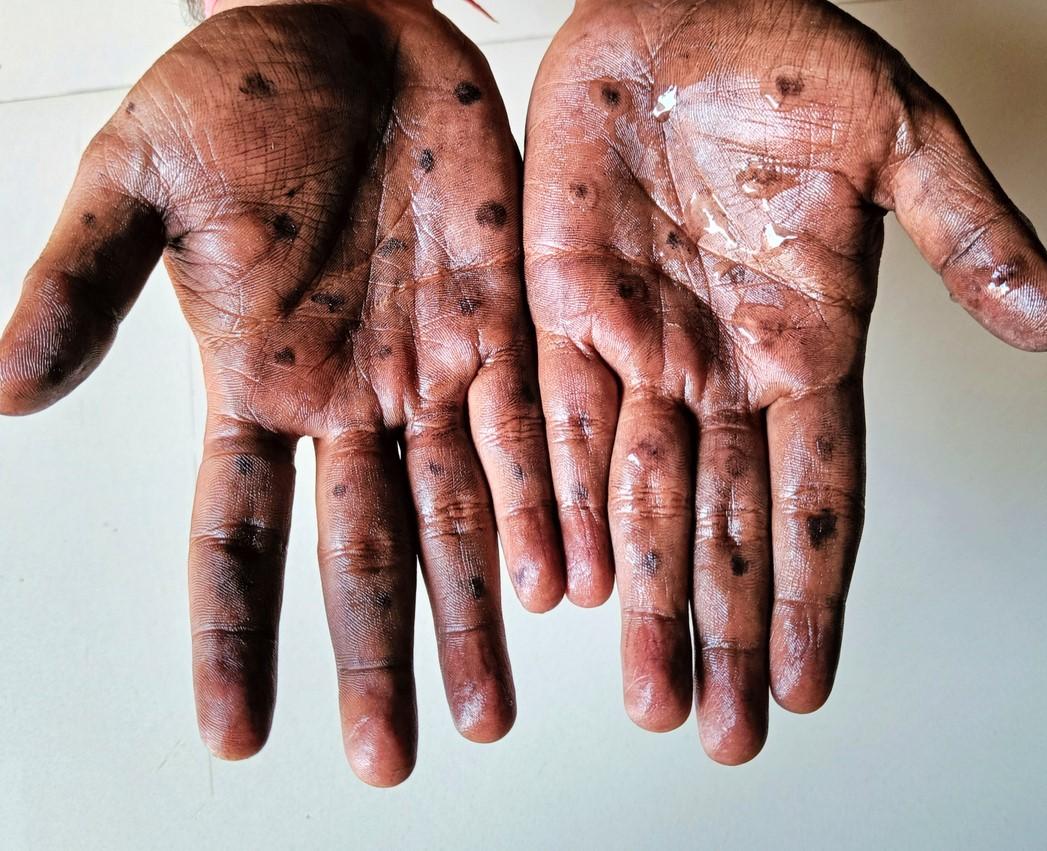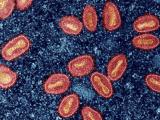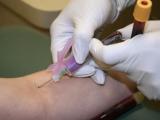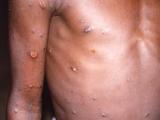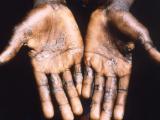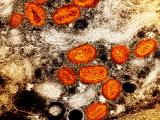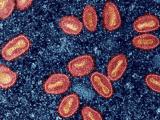Today the Centers for Disease Control and Prevention (CDC) and its state partners published two studies in Morbidity and Mortality Weekly Report showing Black and Hispanic men made up a disproportionate number of cases during last year's mpox outbreak.
The first study looked at the racial and ethnic breakdown in US mpox incidence and vaccination, based on data collected by the National Notifiable Diseases Surveillance System. By Dec 31 of 2022, the United States reported 29,939 mpox cases, 93.3% of which were identified in males over the age of 18. During 2022, 723,112 persons in the United States received the first dose in a 2-dose mpox (Jynneos) vaccination series.
Overall, between May and December of 2022, mpox incidence in Black and Hispanic males was higher than their White counterparts.
Of reported mpox cases, 30.7% occurred in Black males, 29.5% in Hispanic males, and 27.9% in White males. In August of 2022 — the height of the outbreak in the United States — disease incidences among non-Hispanic Black or African American (Black) and Hispanic or Latino (Hispanic) males were higher than incidence among White males (rate ratio [RR] of 6.9 and 4.1, respectively).
Vaccination rates higher in Black, Hispanic men
Overall, the authors found 43 White, 9 Black, and 17 Hispanic males were vaccinated for each reported mpox case within these groups. Among 648,336 first-dose vaccinations administered to adult males, 11.6%, 20.6% and 51.1% were administered to Black, Hispanic, and White males, respectively.
"These findings suggest that the higher vaccination rates among Black and Hispanic males compared with White males (RR = 1.2 and 1.4, respectively) were not commensurate with their higher mpox incidence (RRs = 5.8 and 3.6, respectively)," the authors wrote. "These groups still had higher unmet vaccination needs relative to their mpox incidence."
Deaths most common among Black men
A second study analyzed deaths associated with mpox infections in the United States. Though most mpox cases are self-limited, a total of 38 mpox-associated deaths occurred in the United States between May 10, 2022, and Mar 7, 2023, resulting in 1.3 mpox-associated deaths per 1,000 cases.
Almost all fatal case-patients were cisgender males who reported recent sexual activity.
Of the decedents, 87% were non-Hispanic Black or African American (Black) persons, and 33 of the 38 were HIV positive. Almost half of all deaths occurred in Southern states.
The median interval from symptom onset to death was 68 days, and 87% of decedents were treated in intensive care units. Most had received treatments with antivirals, but nearly 25% of decedents experienced delays in diagnosis of between 3 and 7 weeks.
When mpox is suspected, providers should consider early treatment with mpox-directed therapy, especially for patients with immunocompromising conditions who are at highest risk for severe outcomes.
"The lengthy course of illness experienced by most decedents is likely related to a reduced capacity to respond to infection because of co-occurring immunocompromise," the authors concluded. "When mpox is suspected, providers should consider early treatment with mpox-directed therapy, especially for patients with immunocompromising conditions who are at highest risk for severe outcomes."
